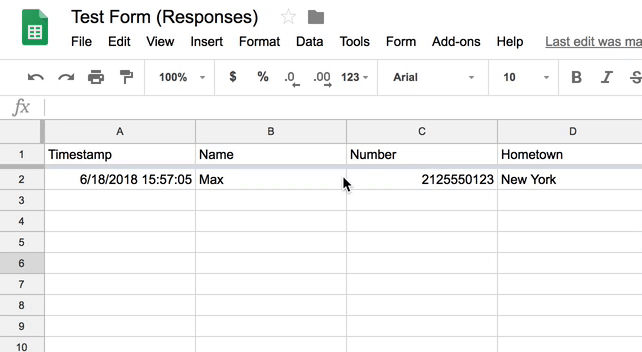Blank Printable Outlines - Scroll Down to Print - Graphic Organizers - Graphic Organizers: Hierarchies Click to download or print (PDF files): Organizing Information - The Outline: This sheet is designed to introduce students to the concept of organizing information for writing by placing facts into an outline.
Shape Maps in Power BI Desktop (Preview) • • 10 minutes to read • Contributors • • • In this article Create a Shape Map visual to compare regions on a map using color. Unlike the Map visual, Shape Map can't show precise geographical locations of data points on a map. Instead, its main purpose is to show relative comparisons of regions on a map by coloring them differently. Shape Map visuals are based on ESRI/TopoJSON maps, which have the compelling ability to use custom maps that you can create. Vst plugins for adobe audition cs6 torrent.
Examples of custom maps are:geographical, seating arrangements, floor plans, and others. The ability to use custom maps is not available in this Preview release of Shape Map. Creating Shape Maps You can test the Shape Map control with the maps that are shipping with this Preview release, or you can use your own custom map as long as it meets the requirements outlined in the following section called Use Custom Maps. The Shape Map visual is in Preview, and must be enabled in Power BI Desktop. To enable Shape Map, select File > Options and Settings > Options > Preview Features, then select the Shape Map Visual checkbox. You'll need to restart Power BI Desktop after you make the selection.
Once Shape Map is enabled, click the Shape Map control from the Visualizations pane. Power BI Desktop creates an empty Shape Map visual design canvas. Take the following steps to create a Shape Map: • In the Fields pane, drag a data field that has the region names (or abbreviations) onto the Location bucket, and a data measure field into the Color saturation bucket (you won't see a map yet). Note In the Region Keys section at the end of this article is a collection of tables that have map regions keys you can use to test the Shape Map visual. • You can then modify the map projection and zooming settings, as well as the colors of data points, from the Format settings pane. You can also modify zoom settings.
For example, you can change colors, set maximums and minimums, and so on. • You can also add a category data column to the Legend bucket, and classify the map regions based on categories. Use custom maps You can use custom maps with Shape Map as long as they are in the TopoJSON format. If your map is in another format, you can use online tools such as to convert your shapefiles or your GeoJSON maps into the TopoJSON format. To use your TopoJSON map file, add a ShapeMap visual to your report and add some data to the Location and Color saturation buckets. Then, in the Visualizations pane with the Format section selected (shown as (1) in the following image), expand the Shape section and select + Add Map. Sample Custom Map The Offices of the United States Attorneys release an annual fiscal report on their litigation and caseload data.
